The world of espionage has always captivated our imagination with its blend of danger, sophistication, and intrigue. While most of us won’t become intelligence operatives, we can certainly experience the thrill of spy-like adventures through our travel choices. The best spy destinations combine historical significance with an atmosphere of mystery and exclusive access that makes you feel like you’re on assignment.
Here is a list of 20 destinations worldwide where you can channel your inner secret agent and experience travel with an edge of espionage excitement.
Spy Museum in Washington D.C., USA
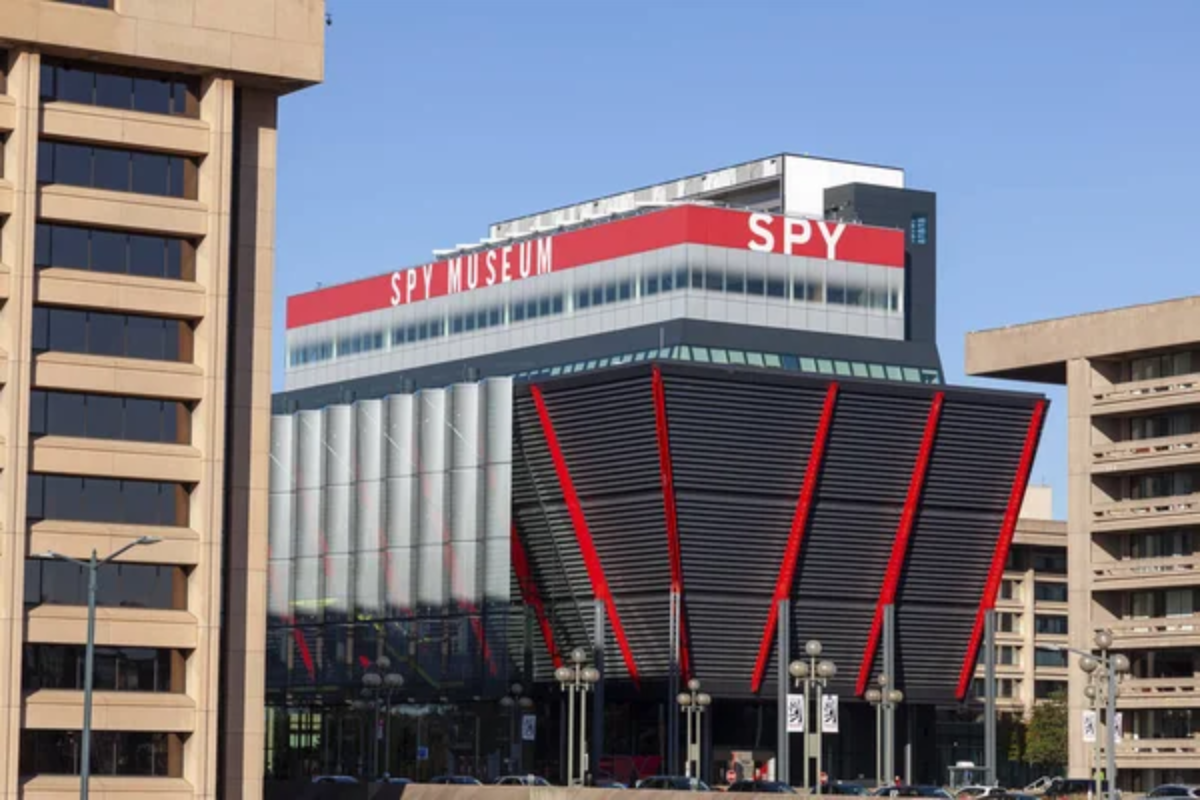
The International Spy Museum offers an immersive experience of the shadowy world of intelligence gathering. Upon entry, you’ll receive a cover identity and navigate through exhibits featuring genuine spy gadgets from the CIA and KGB.
The museum’s interactive stations test your observation skills and ability to maintain cover under pressure—exactly what a field operative needs.
Bletchley Park in Buckinghamshire, England

This unassuming country estate was once Britain’s primary code-breaking center during World War II. The work done here by Alan Turing and thousands of others shortened the war by years.
Today, you can explore the huts where the Enigma code was cracked and try deciphering messages using the techniques developed by these brilliant minds.
Like Travel Pug’s content? Follow us on MSN.
KGB Headquarters in Vilnius, Lithuania
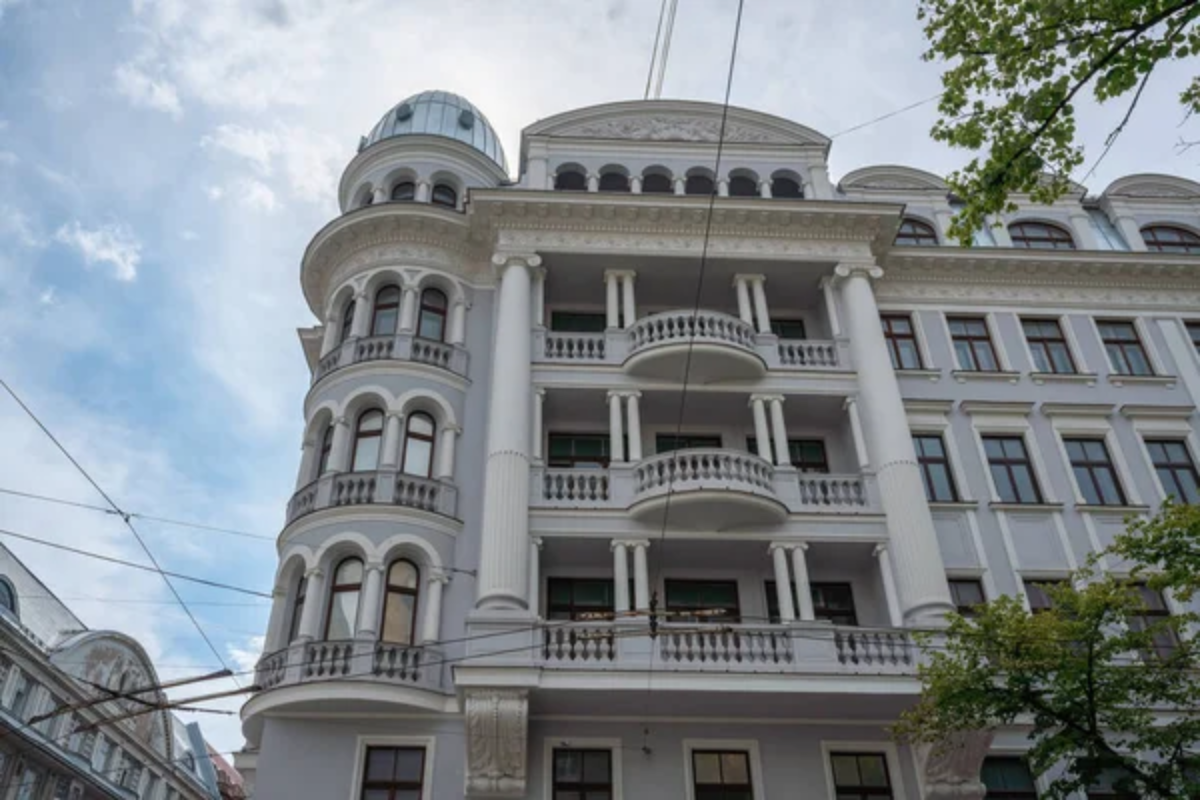
The former headquarters now houses the Museum of Occupations and Freedom Fights. Its basement contains original KGB prison cells and interrogation rooms preserved exactly as they were during the Soviet occupation.
Walking through these cold corridors provides a chilling glimpse into the methods used by one of history’s most notorious intelligence agencies.
Churchill War Rooms in London, England
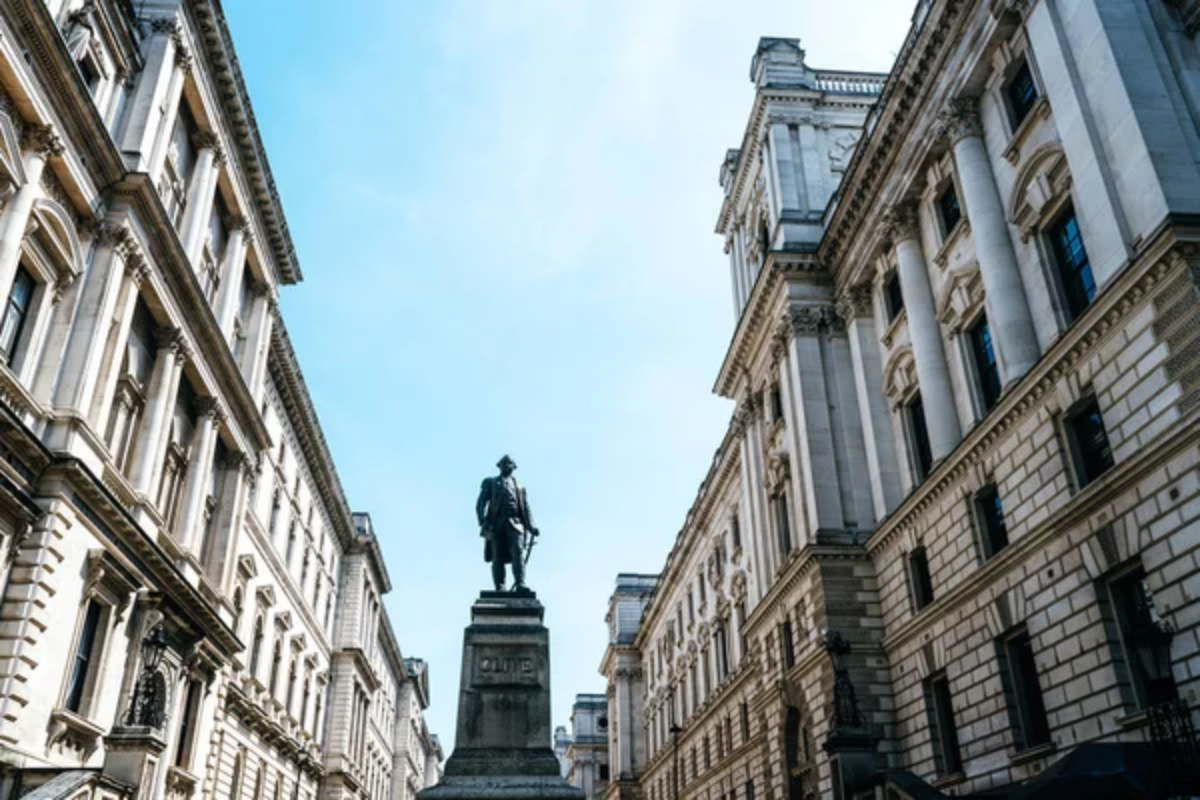
Deep beneath the streets of Westminster lie the secret bunkers where Winston Churchill directed Britain’s war effort. The map room remains exactly as it was left in 1945, with pins and markers showing troop positions.
The cramped quarters and vintage communication equipment create an authentic atmosphere of wartime secrecy.
The Bridge of Spies in Potsdam, Germany
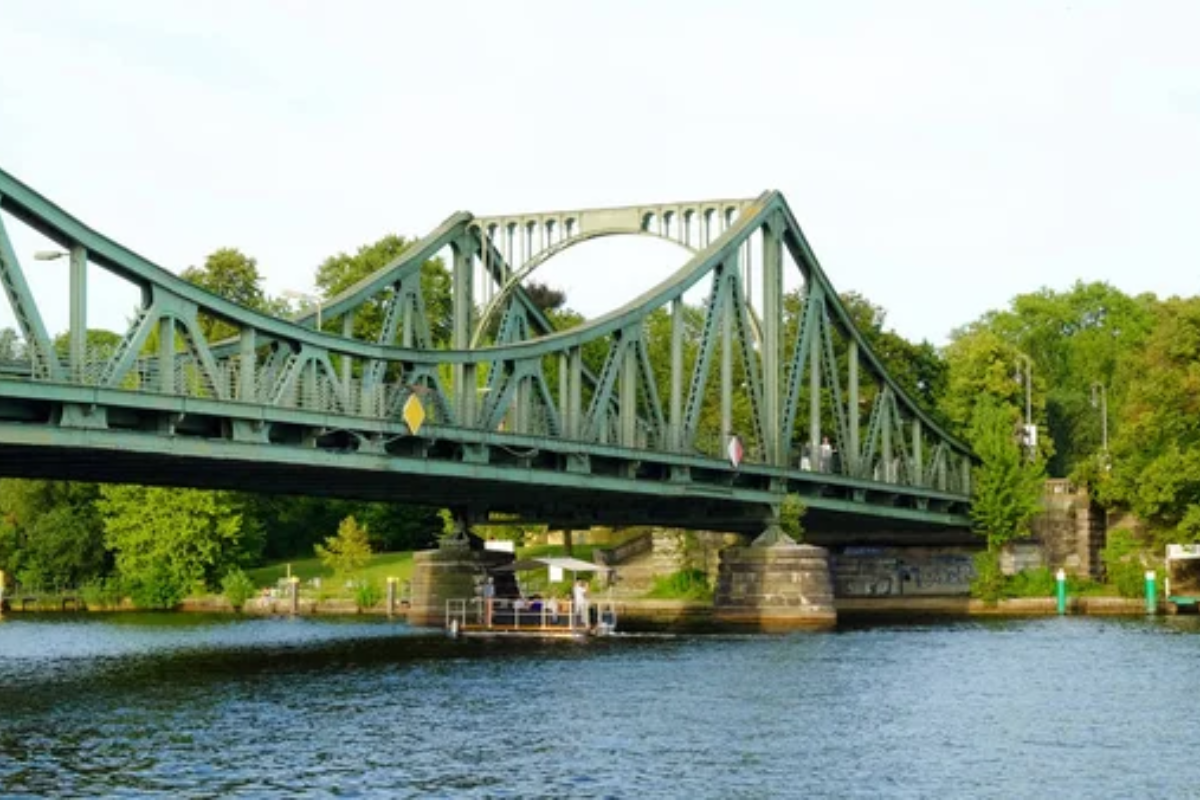
The Glienicke Bridge earned its nickname during the Cold War when it served as the exchange point for captured spies between the East and West. Standing in the middle of this ordinary-looking bridge, you can almost feel the tension of those exchanges when nervous agents walk past each other in silence, returning to their respective sides.
Like Travel Pug’s content? Follow us on MSN.
Checkpoint Charlie in Berlin, Germany
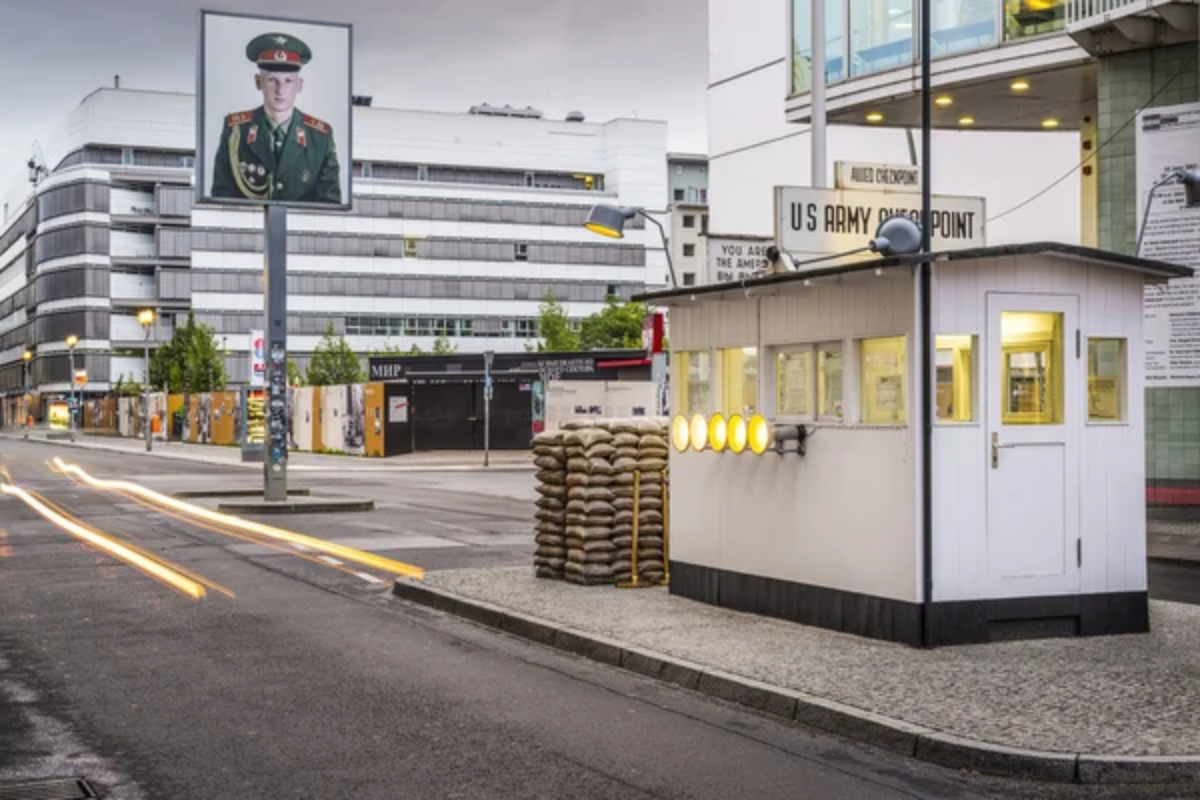
This famous crossing point between East and West Berlin symbolized the Cold War divide. Today, actors dressed as American soldiers stand guard at a recreated checkpoint. The nearby museum documents the ingenious escape attempts from East Berlin—from hidden compartments in cars to homemade hot air balloons.
Fort Meade in Maryland, USA
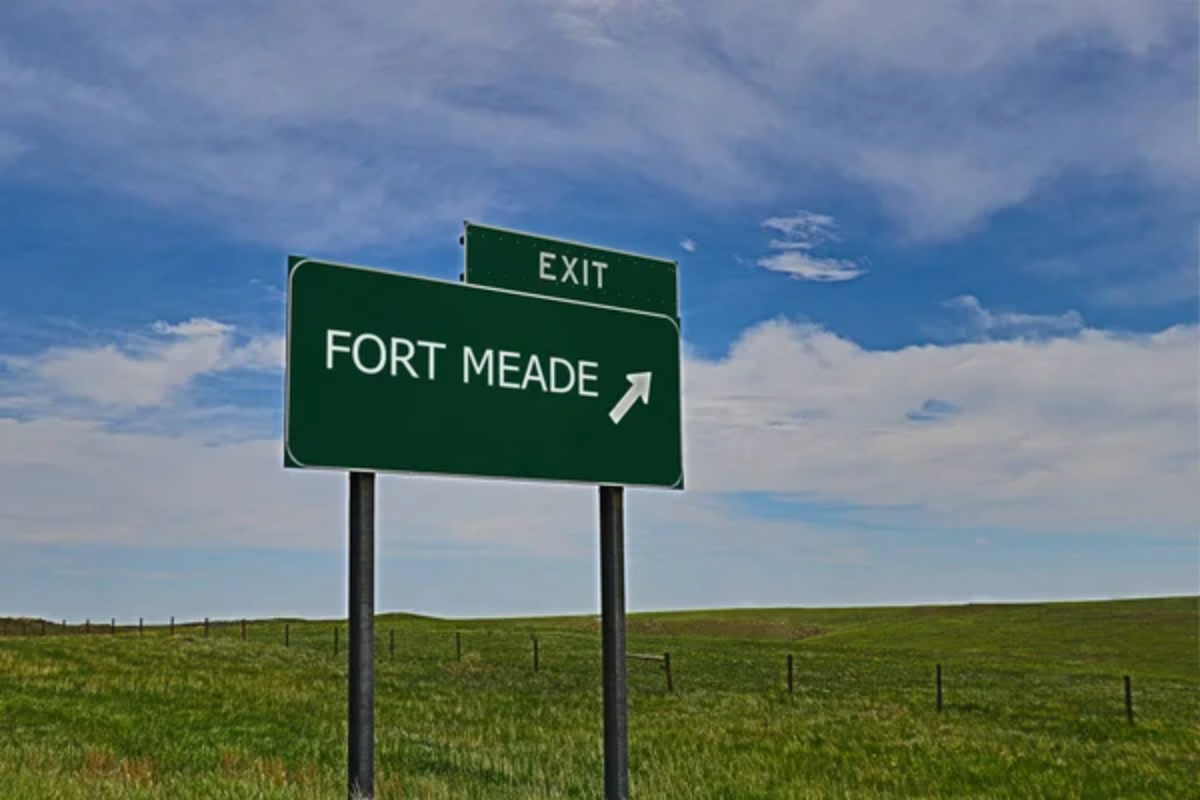
Home to the National Security Agency and its National Cryptologic Museum, Fort Meade offers a rare glimpse into the world of signals intelligence. The museum displays encryption devices throughout history, including the Enigma machines.
Their gift shop even sells NSA-branded merchandise—perfect for the spy enthusiast in your life.
Teufelsberg in Berlin, Germany
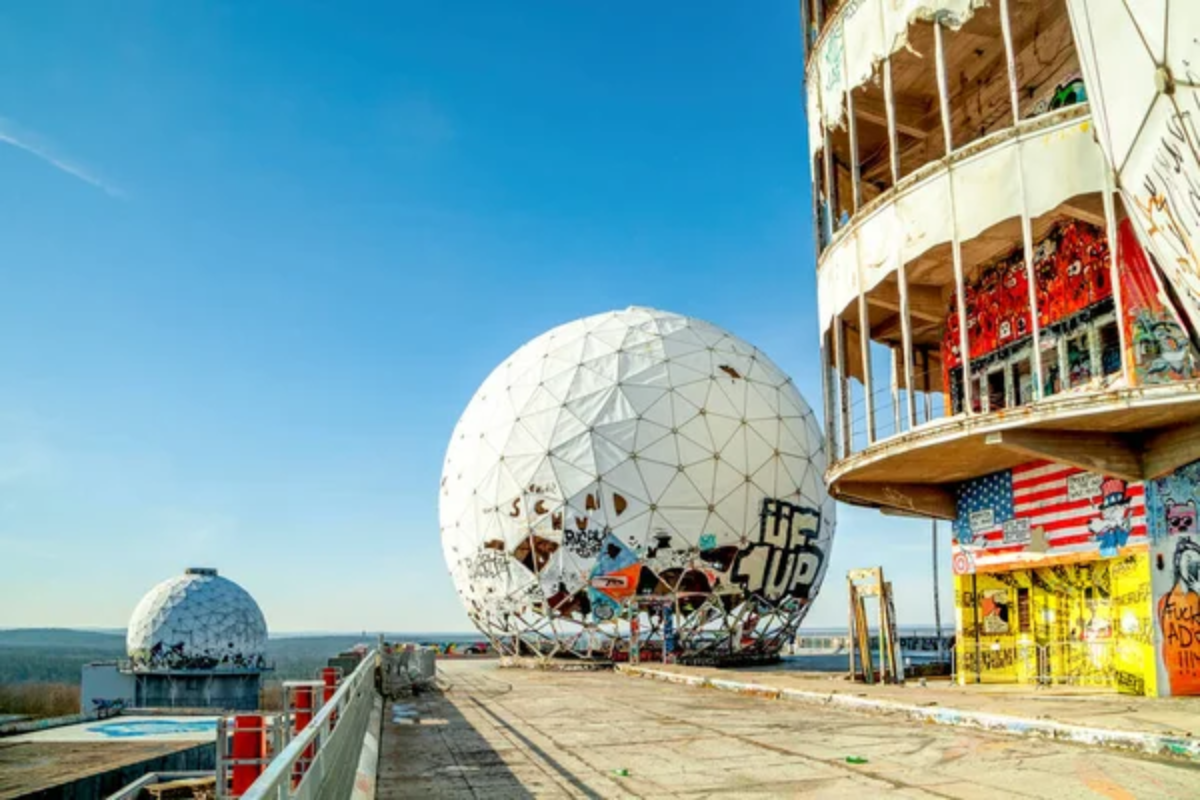
This artificial hill was built from the rubble of Berlin after World War II. During the Cold War, American and British intelligence constructed a listening station on top to intercept Soviet communications.
The abandoned radar domes create an eerie silhouette against the sky, and the spectacular views of Berlin make the somewhat challenging hike worth it.
Like Travel Pug’s content? Follow us on MSN.
The Greenbrier in West Virginia, USA

This luxurious resort concealed a massive underground bunker designed to house Congress in the event of nuclear war. The bunker remained a secret for over 30 years until it was exposed in 1992.
Tours take you through decontamination showers, dormitories, and a massive blast door—all hidden beneath an innocent-looking resort.
Palacio Federal de Chapultepec in Mexico City, Mexico
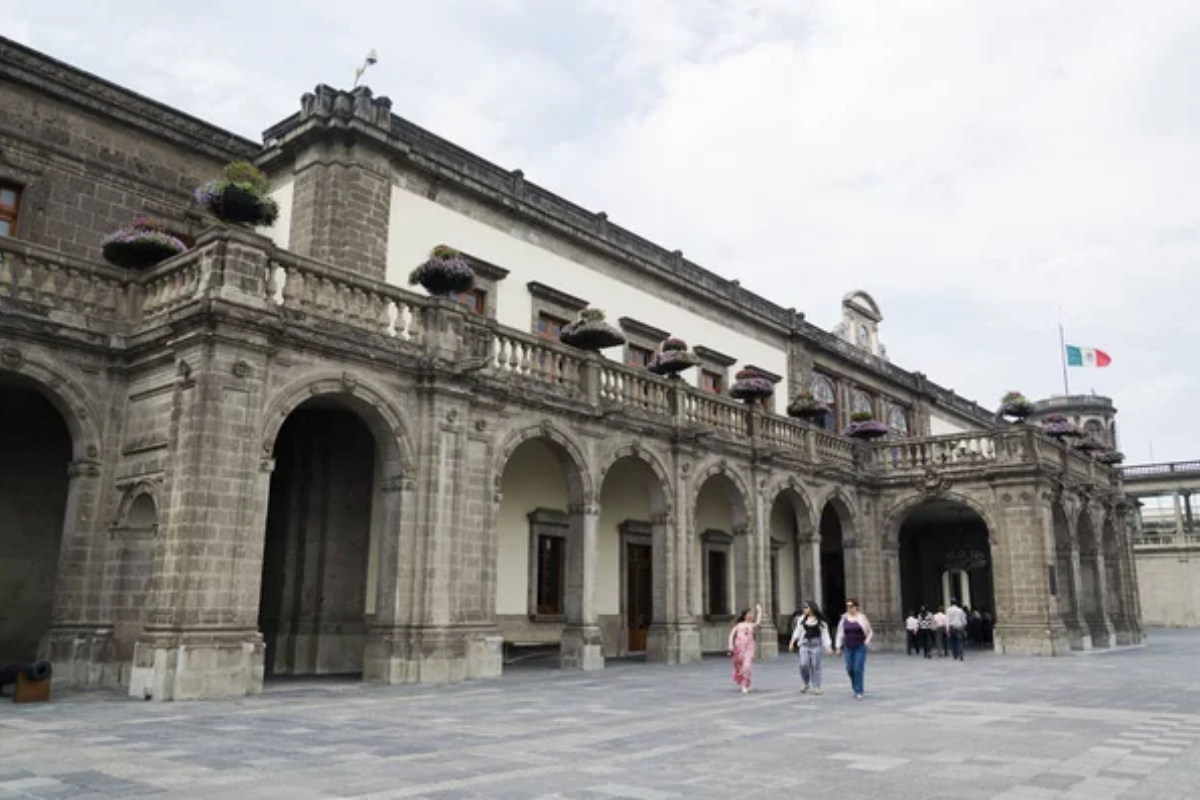
This elegant building served as the headquarters for the Mexican intelligence service for decades. Now open as a museum, it reveals the history of espionage in Latin America through exhibits on code-breaking, surveillance, and international spy networks that operated throughout the region during political instability.
Poenari Castle in Romania
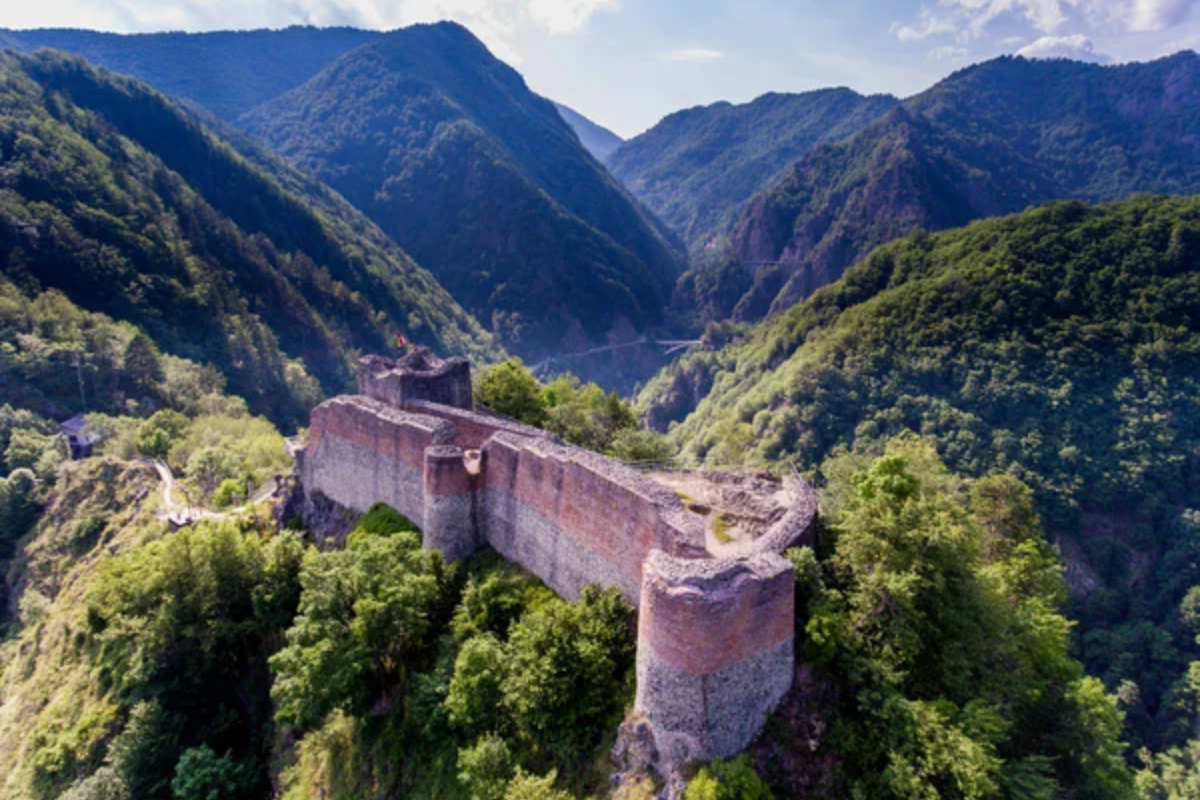
Vlad the Impaler’s remote fortress sits atop a precipitous cliff, accessible only by climbing 1,480 concrete stairs. Though not strictly an espionage site, its strategic design included secret passages and escape routes that would impress any intelligence operative.
The fortress’s commanding views extending for miles made it an exceptional surveillance position, embodying the same strategic principles used in modern intelligence facilities.
Like Travel Pug’s content? Follow us on MSN.
Hohensalzburg Fortress in Salzburg, Austria
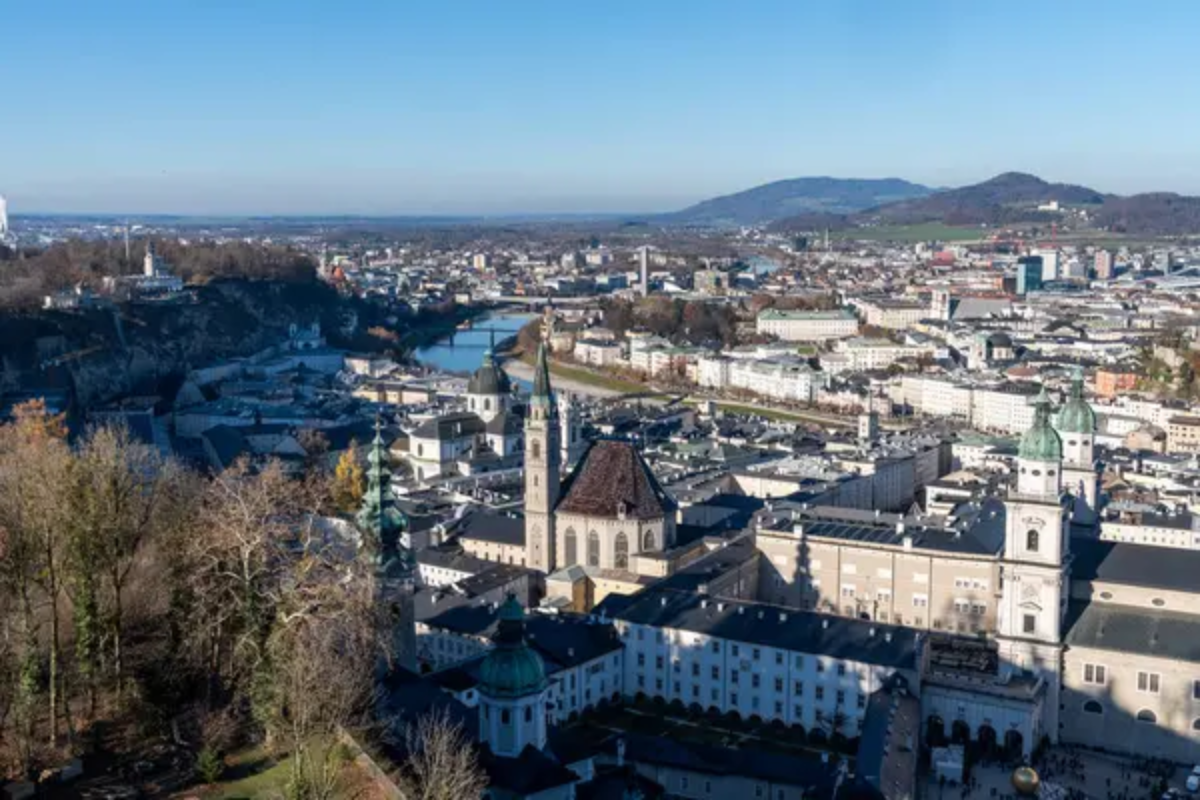
This medieval castle features ingenious acoustic chambers that function similarly to modern surveillance technology. The fortress houses the Rainer Museum, which documents the castle’s role in various military intelligence operations throughout Austrian history.
Its strategic position overlooking Salzburg and its network of secret passages exemplify the physical security principles still taught to intelligence agencies today.
Hanns-Martin-Schleyer Stadium in Stuttgart, Germany
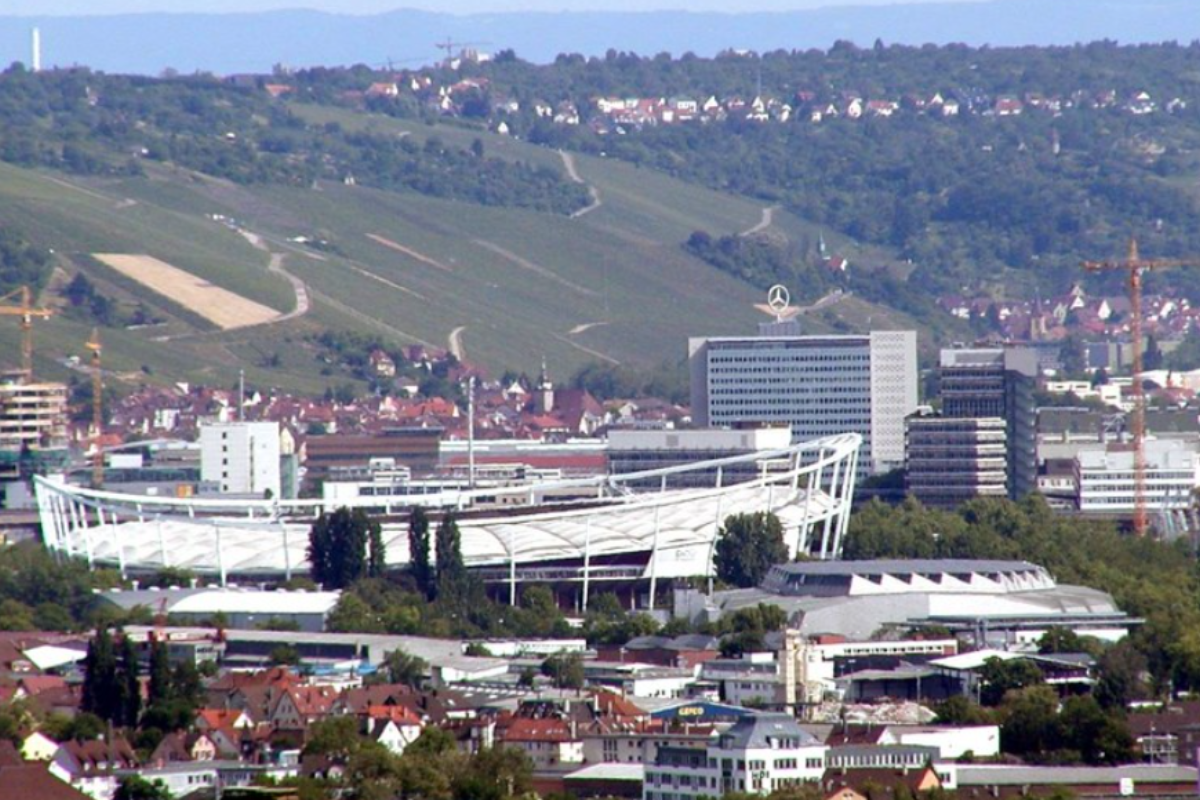
During the Cold War, this ordinary-looking sports venue concealed a secret—its underground parking garage was designed to convert into a fully equipped emergency hospital in case of a nuclear attack.
The conversion could happen within 36 hours, complete with operating rooms and decontamination facilities that remain intact but hidden from public view.
Cat Street in Tokyo, Japan
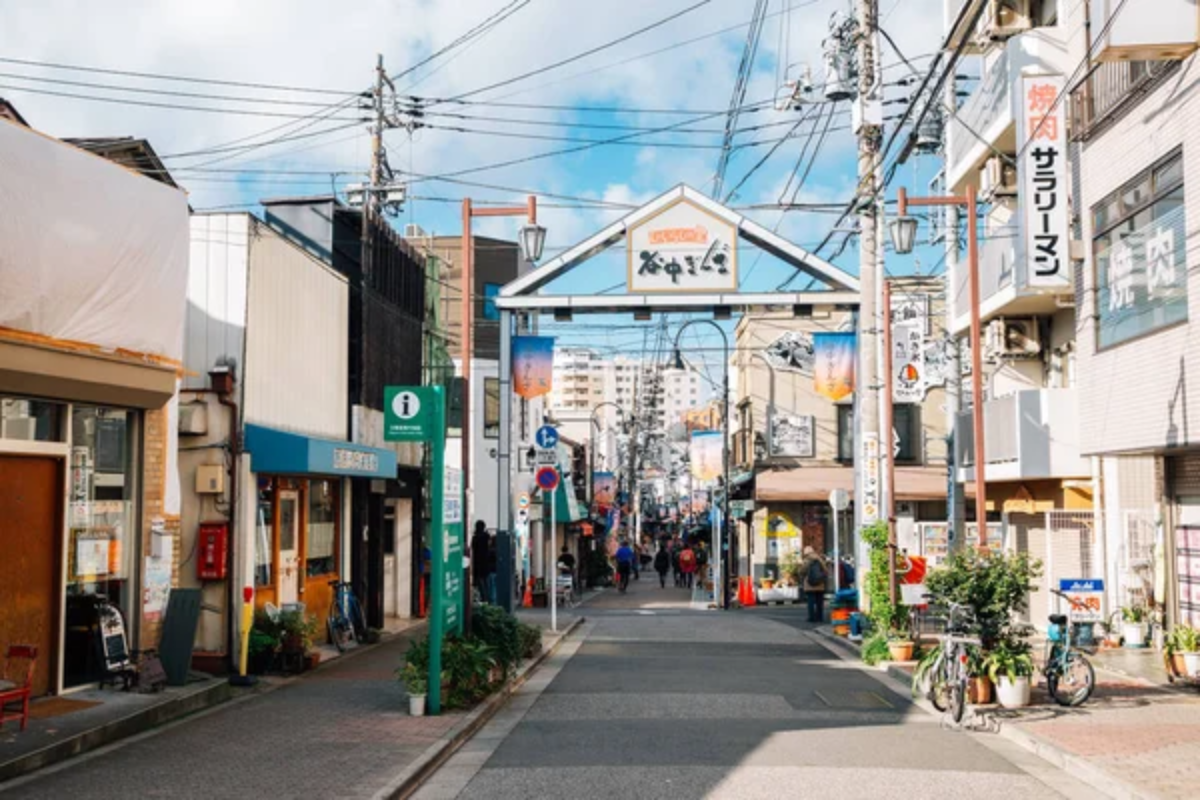
This narrow alleyway in Shinjuku served as a black market hub during the post-war occupation and later became a known meeting place for intelligence operatives. Today, the street houses tiny bars where ex-government officials sometimes gather.
The cramped establishments often have no signs, requiring you to know exactly where you’re going—just like a real agent.
Like Travel Pug’s content? Follow us on MSN.
Tunnel Museum in Sarajevo, Bosnia and Herzegovina
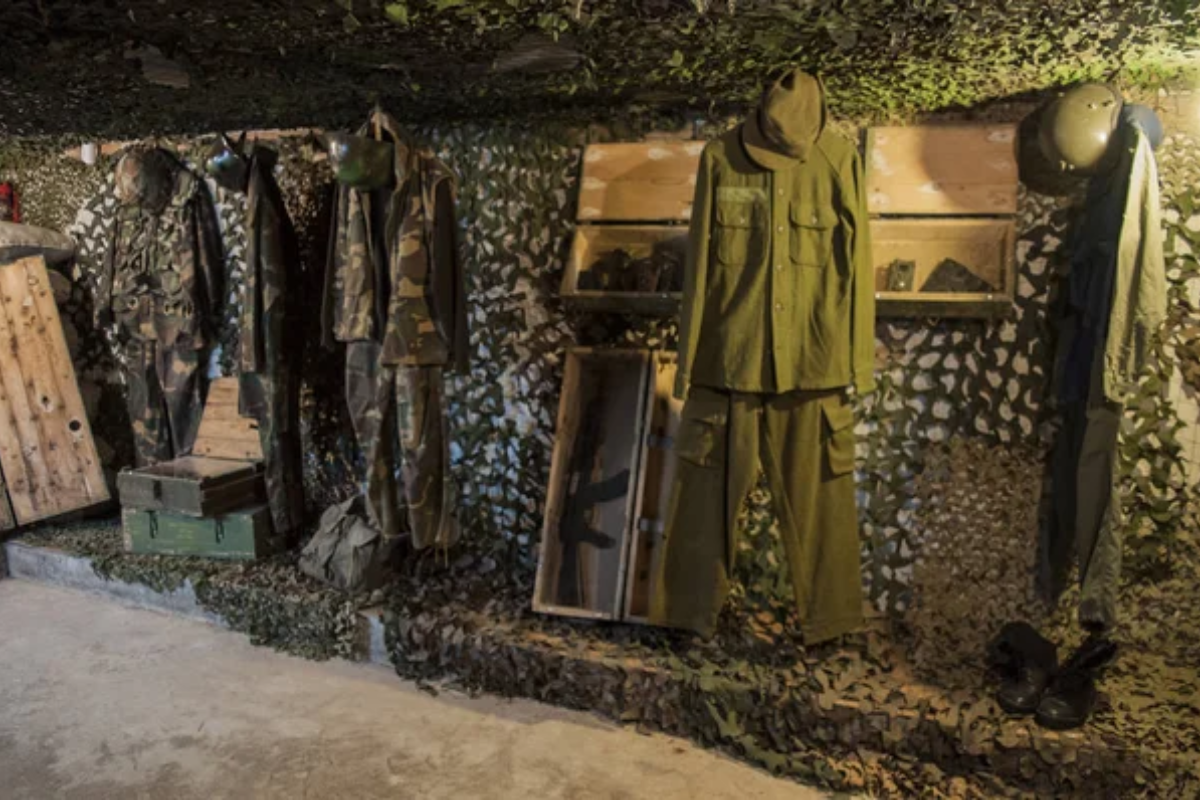
During the siege of Sarajevo, a secret tunnel provided the only link between the city and the outside world. Built underneath the airport runway, this 2,623-foot passage saved countless lives by allowing food, supplies, and weapons to enter the surrounding city.
Walking through the preserved section gives you a genuine sense of operating covertly under extreme pressure.
Kelvedon Hatch in Essex, England
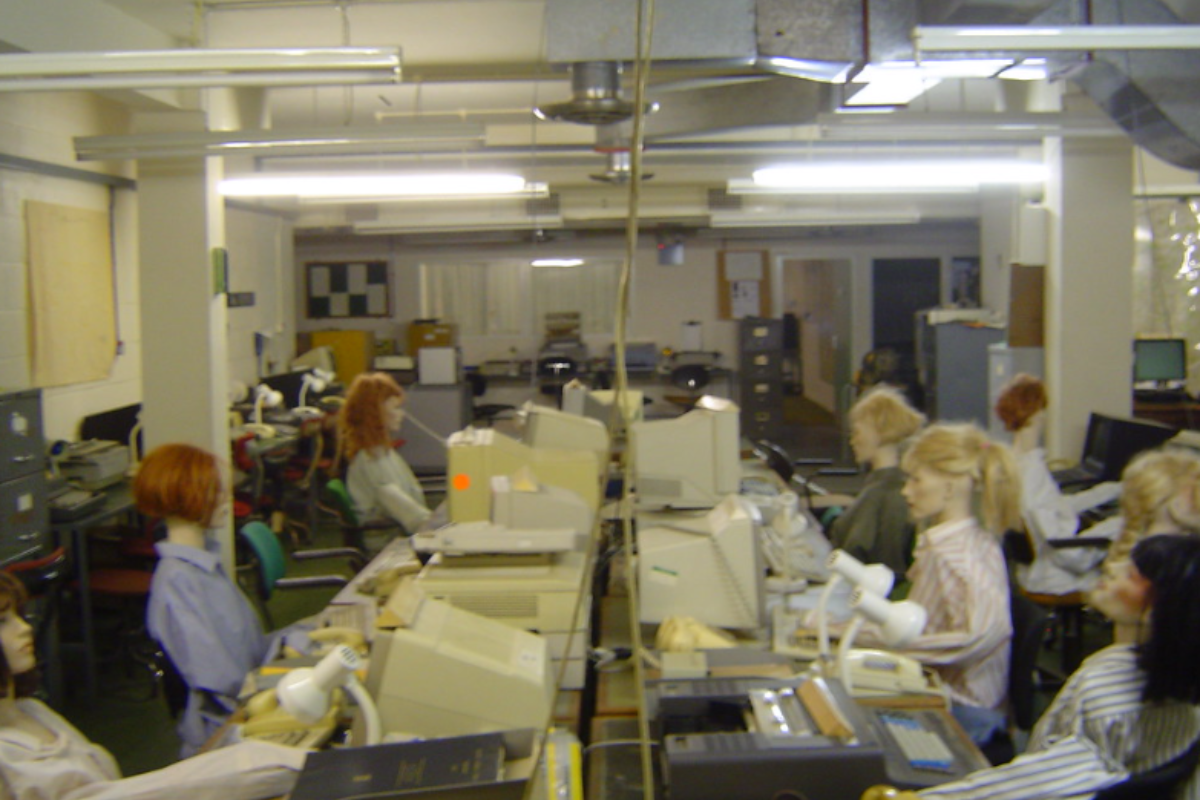
This former nuclear bunker was disguised as an ordinary hill with a bungalow. Below ground stretches a three-story facility designed to house government officials during nuclear war.
The telephone exchange could tap into any line in the country, making it a surveillance powerhouse hidden in plain sight in the English countryside.
Spionage Museum in Berlin, Germany
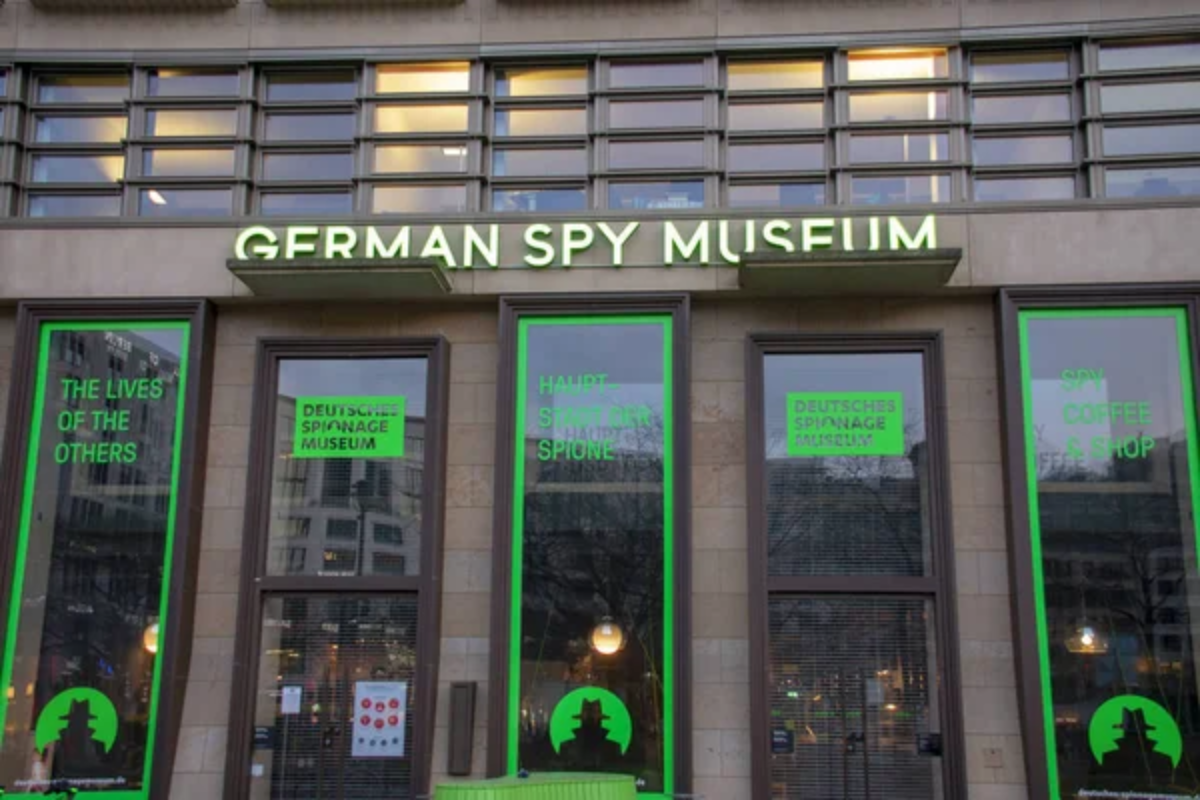
This modern museum focuses on contemporary espionage techniques and cybersecurity. Interactive exhibits allow visitors to try laser obstacle courses and test facial recognition software.
The museum provides insight into how modern spies operate in a digital world while requiring many of the same psychological skills as their historical counterparts.
Like Travel Pug’s content? Follow us on MSN.
Casa de la Libertad in Sucre, Bolivia
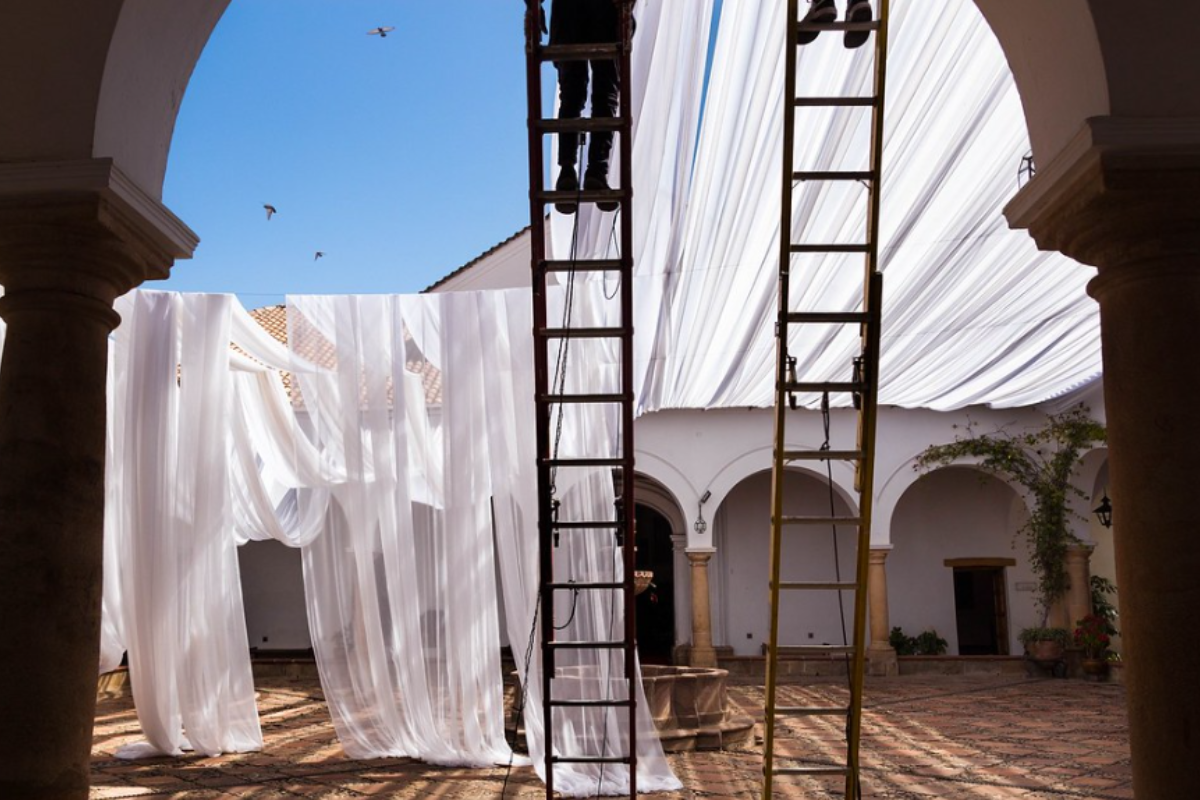
This colonial building was the headquarters for South American independence movements, where revolutionary leaders developed sophisticated communications networks to evade Spanish surveillance. The museum now displays historical documents detailing how intelligence gathering was crucial to independence efforts, including coded messages and disguised correspondence techniques.
The building’s architectural features, including hidden rooms discovered during renovations, reveal how revolutionary intelligence work operated beneath a veneer of ordinary activity.
Cite Portugaise in El Jadida, Morocco
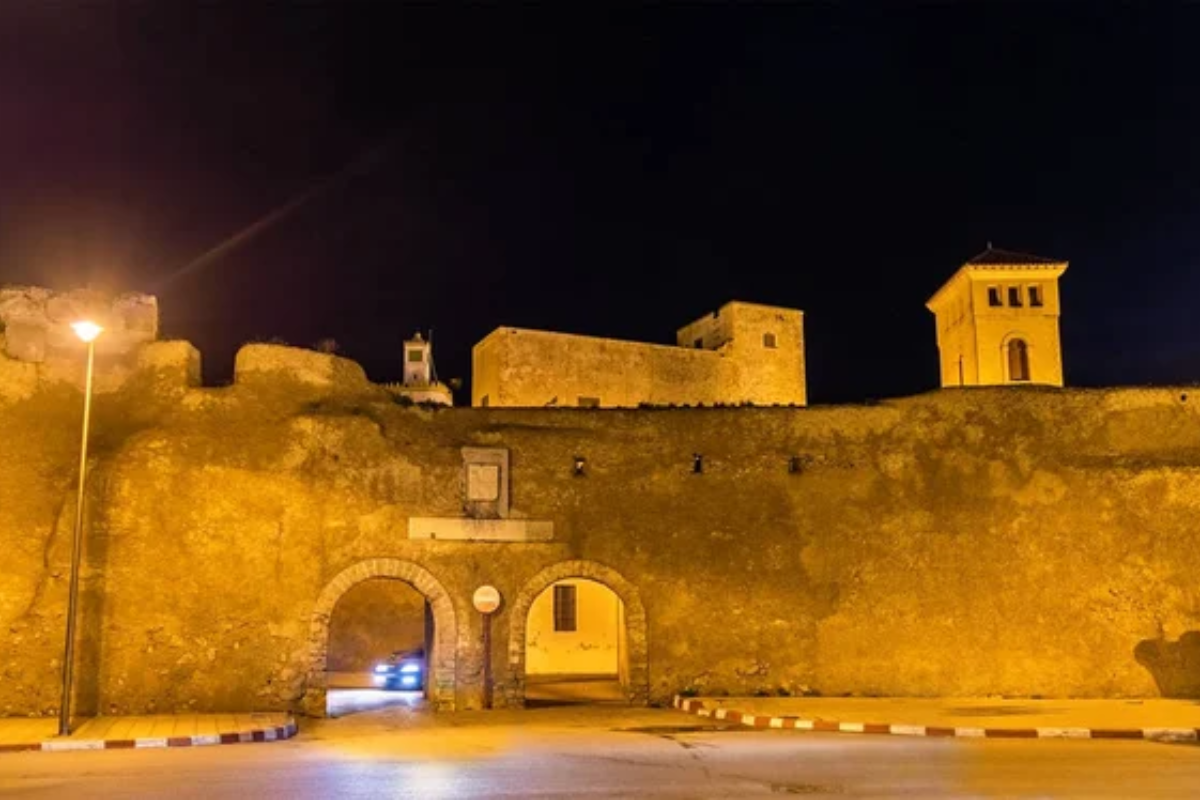
This UNESCO World Heritage site features a unique underground cistern used by Portuguese spies during the 16th century. The perfect acoustics allowed whispers to travel across the chamber, while a single shaft of light created ideal conditions for reading coded messages without being detected from outside.
The engineering showcases early espionage techniques.
Tempelhof Airport in Berlin, Germany
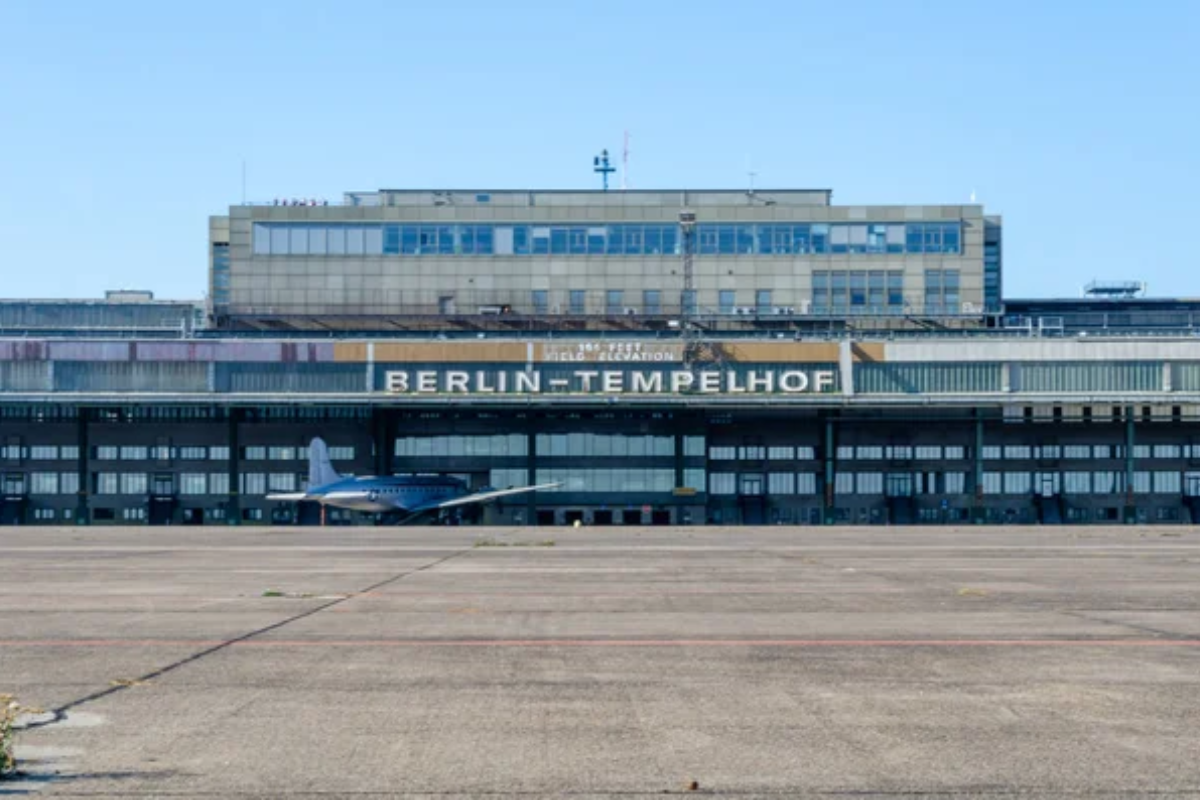
This massive abandoned airport played a crucial role during the Berlin Airlift. Its network of underground tunnels that housed intelligence operations during the Cold War is less known.
The sprawling complex feels frozen in time, with vintage signs and equipment creating a perfect setting for spy-craft scenarios.
Like Travel Pug’s content? Follow us on MSN.
The Enduring Legacy of Covert Destinations
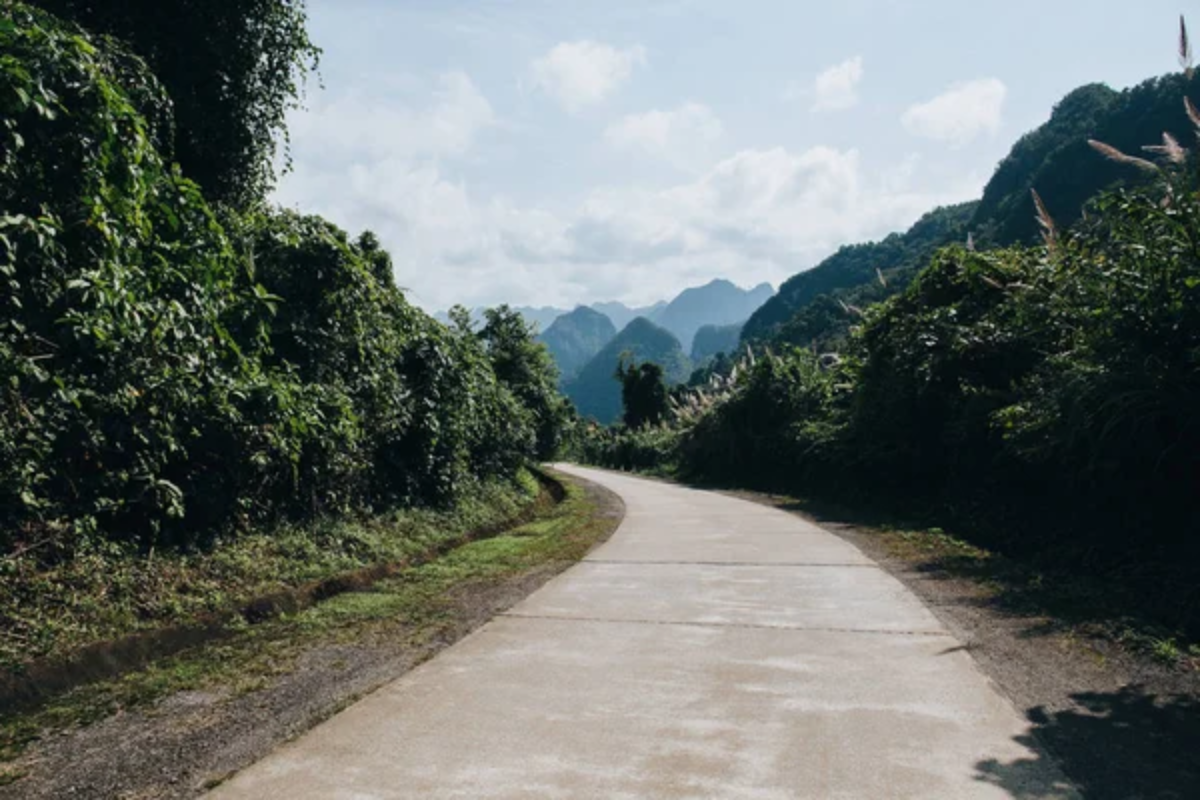
These locations connect us to the hidden history that shaped our world through invisible hands. These destinations are compelling because they blend into everyday surroundings while concealing extraordinary secrets.
By visiting them, we gain an appreciation for the unseen forces that influenced global events and the individuals who risked everything behind the scenes. Perhaps the greatest insight from spy travel is learning to look beyond the obvious—a skill that serves well in travel and life.
More from Travel Pug

- 20 Towns Built for One Purpose That Were Later Abandoned
- 15 Hidden Spots in Disney World’s Magic Kingdom Most Visitors Miss
- 20 Once-Popular Beach Towns That Are Now Ghostly Empty
- 15 Canyons in the U.S. That Are Just as Stunning as the Grand Canyon
- 10 Under-the-Radar Mountain Towns That Are Both Affordable and Beautiful
Like Travel Pug’s content? Follow us on MSN.
